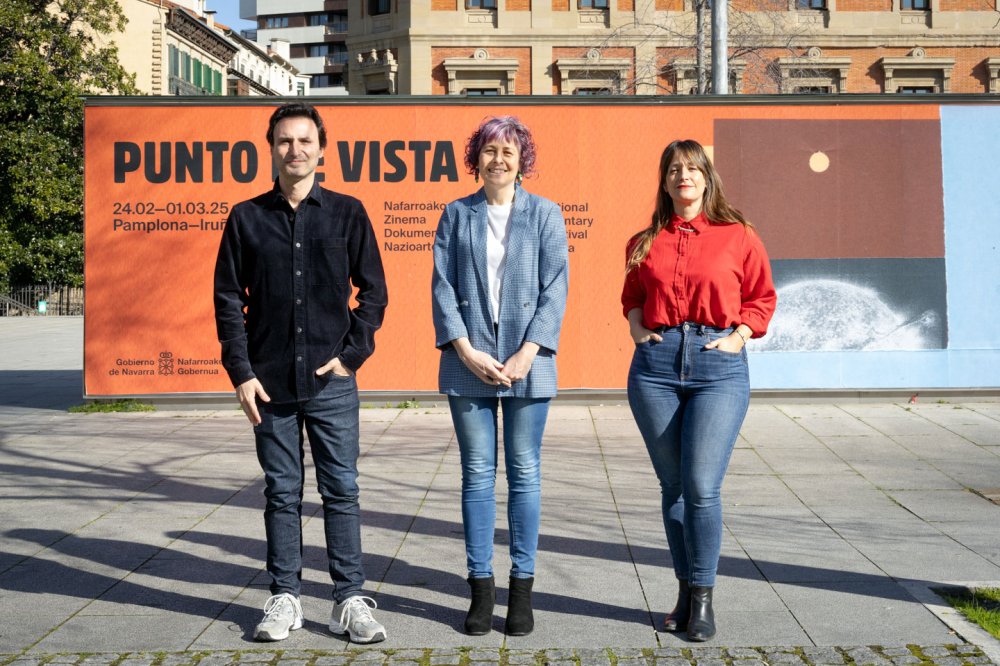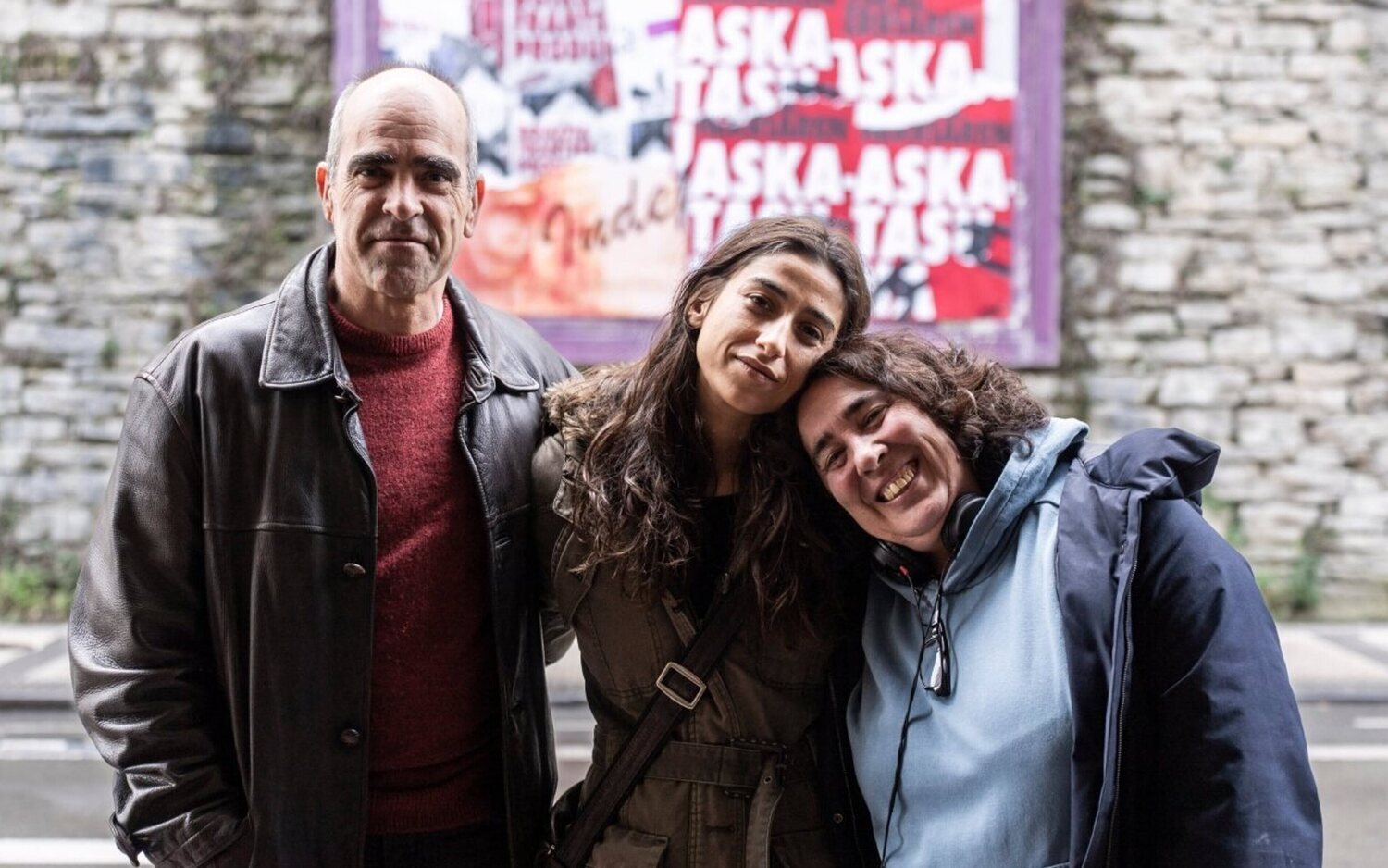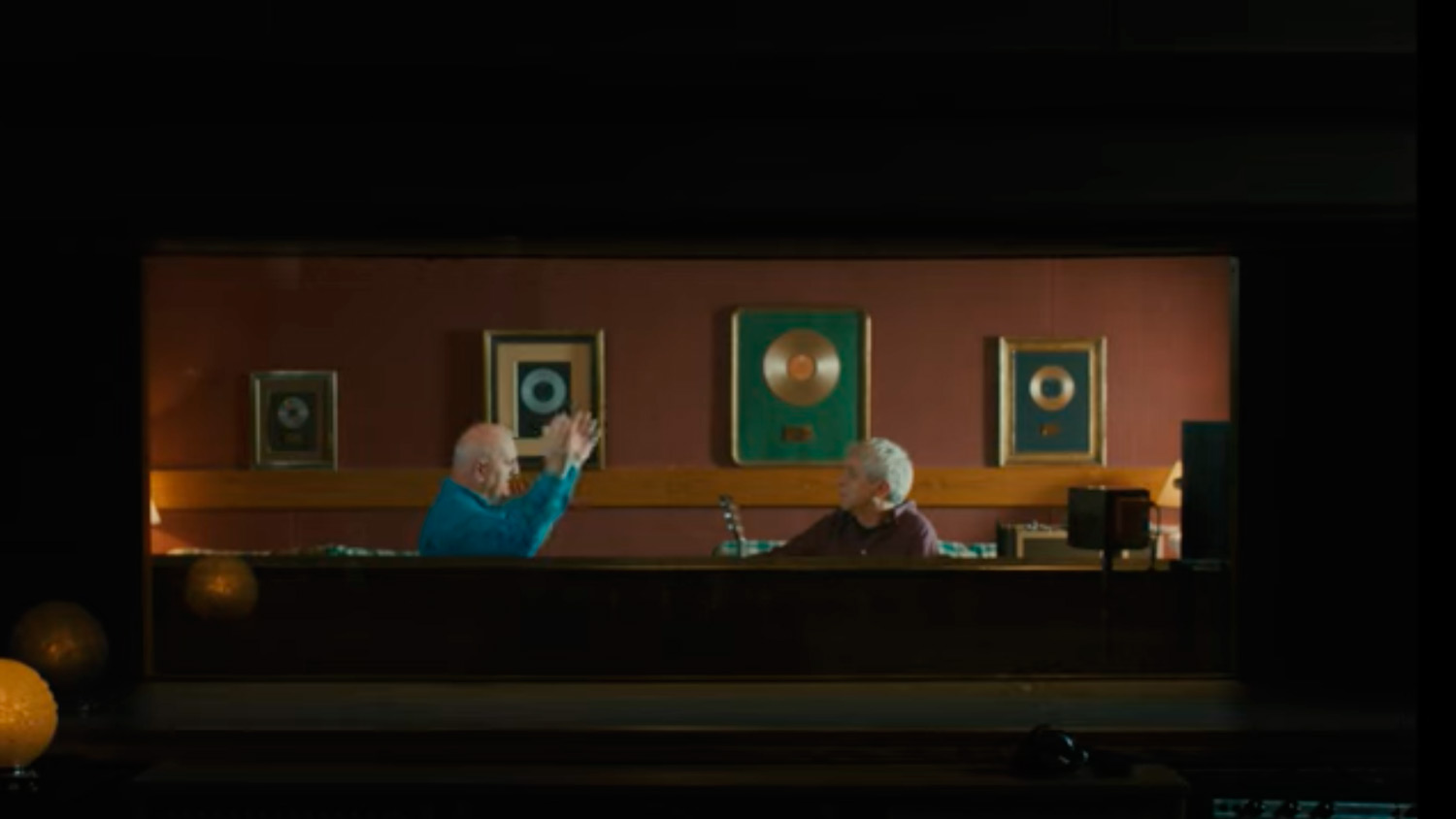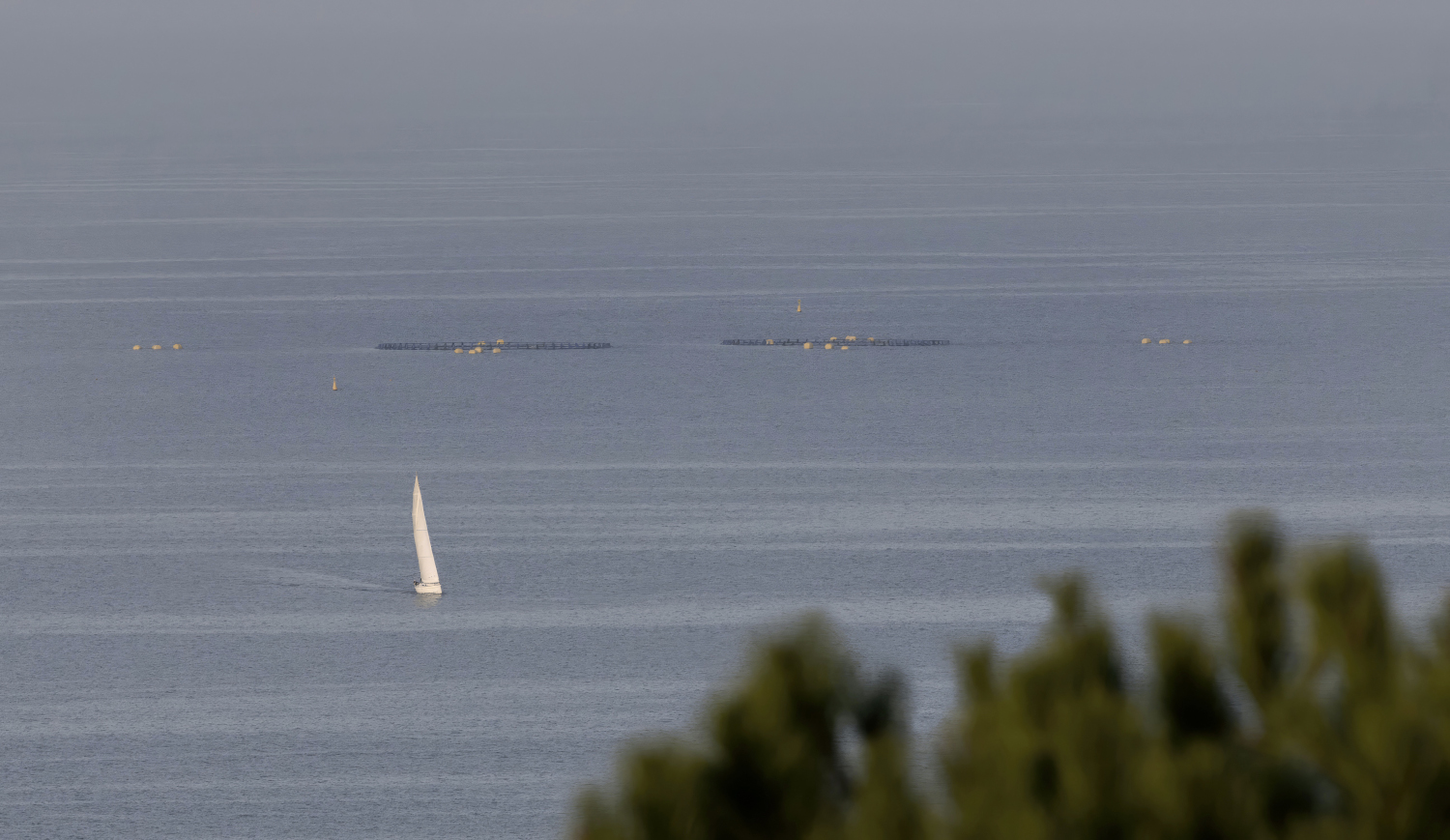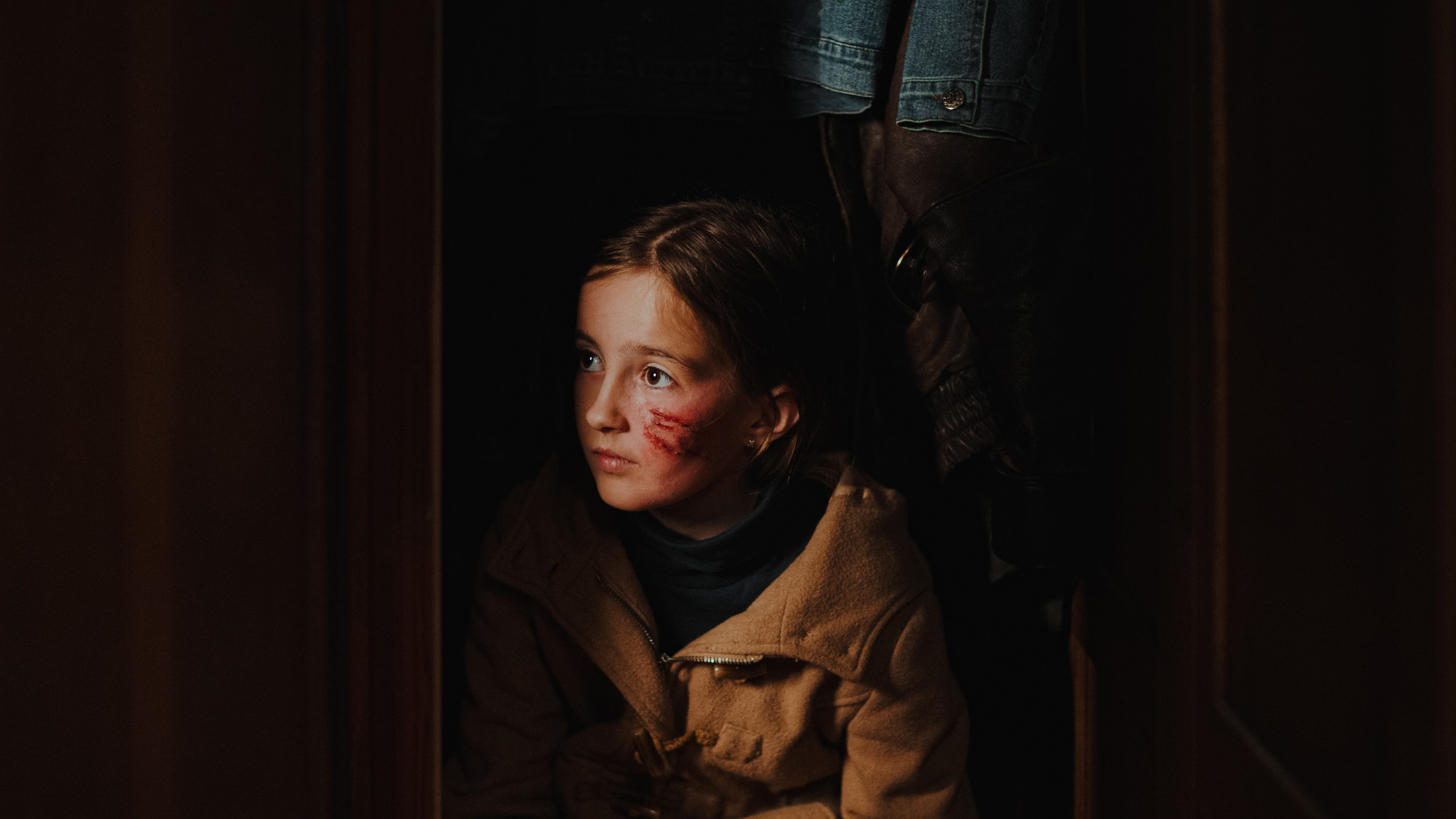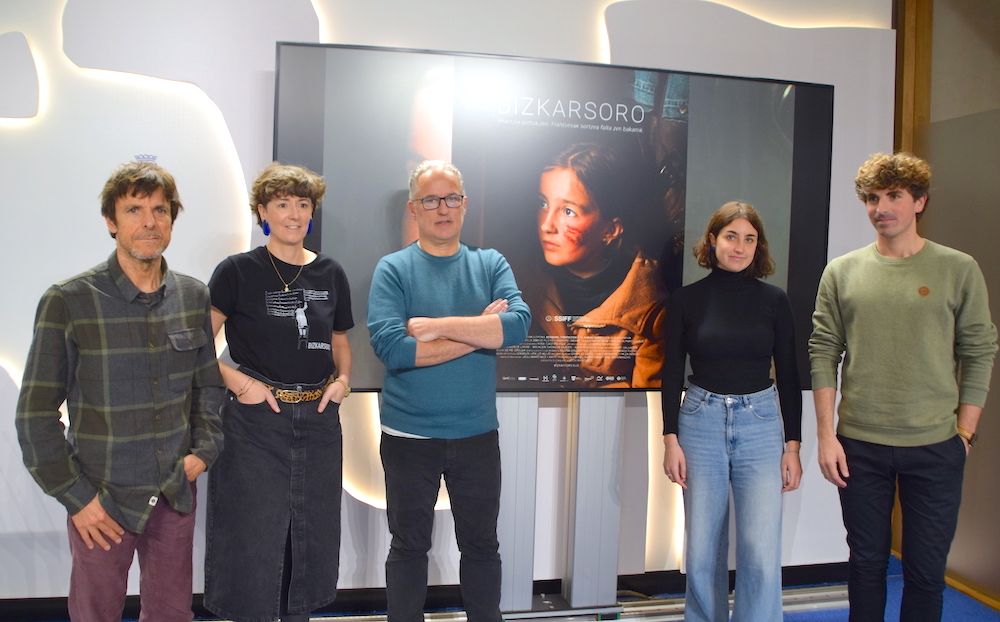The End of the World Through a Movie
- The beginning of the year begins with the end of the world. In fiction, I mean. The productions of the Netflix platform have come to many houses this January, of which we have witnessed many of those who have been locked up at the Omicronpe. However, there are many platforms that are apocalyptic and postapocalyptic shielding, and it is worth stopping for a while on the phenomenon.
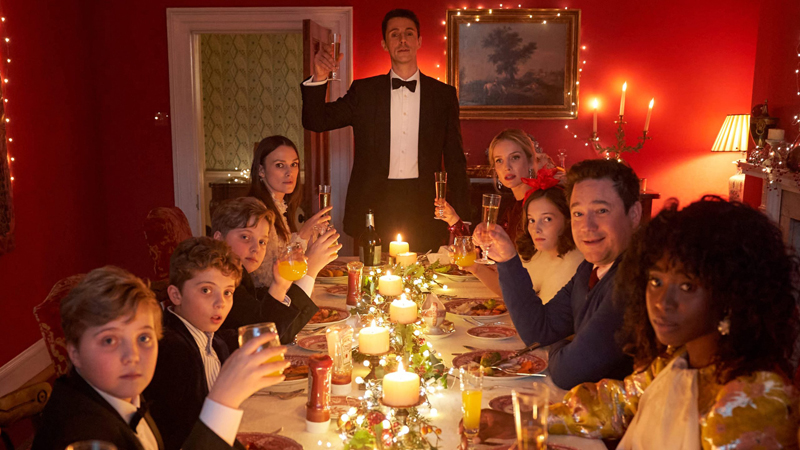
Into The Night (2020), The Collapse (2019), La Valla (2020), Tribes of Europe (2021), #Alive (2020), Don't Look Up (2021). There are eleven people who, literally or metaphorically taking the eco-social crisis, have taken science fiction into a not too distant future. These kinds of films have not been invented yesterday, because they are memorable and the classic Armageddon (1998) or The Day After Tomorrow (2004). However, since we have lived the COVID-19 pandemic, it is more common to think about the end of the world. And neither literature nor cinema look the other way.
In recent times there has also been talk of the non-fictional nature of science fiction: films of this genre are today more distant from alien invasion than from the appearance of a virus that will kill us all. There are still those who compare our ending to the same fate as dinosaurs. But it's more likely that we'll all kill with a meteorite, that the Earth will become, on our own, an uninhabitable planet, as we're already doing. And in this sense, the portrait of the end of the world acquires a political sense, since it is not the same one way to reach the apocalypse. From the reflections of Silent Night (2021) that I just saw, we can think of pulling the effects of these kinds of films.
Silent Night is a feature film directed by Camille Griffin, which premiered at the end of last year. It shows the world facing the apocalypse, a portrait of everyday life. It's the end of the world. But in the meantime, Christmas, a number of people come together in a magnificent rural home in the United Kingdom. The group of four couples and a few children has chosen to continue with the celebration, drink the bottles of Prosecco one after the other and live peacefully. It's awkward to look at the destruction of accidental humanity. On the contrary, although they want to represent normality, at some point they will have to face the terrible idea that it is their last night.

The situation is gradually described in the film, we do not realize that the last one is close. Lies and the bad environment between parents are inhumanely concealed. However, the moral question of what is happening is built through what children have understood in the face of the situation. In other countries, people are dying suffering and, to avoid it, the government has ordered some pills to the inhabitants of the kingdom. With these pills, death will be more tender, without pain. However, access to the pills has not been easy for everyone: those without paper do not have permission to get them, as they do not exist. The reactions that occur are ethical conflicts around the morality of society, which will be exalted in numerous excerpts of the film. Death will occur through a gas that will come in the air the next day. Everyone should take the pill before this happens if they do not want to suffer it. Then it will be too late.
No solution
In general, what I'm most concerned about in these films is the lack of empowerment speeches. They usually represent the hardest situations you can imagine and the paradoxes that this causes. However, these situations are situated at the moment when they are inevitable, when there is no turning back. This, in addition to generating an irrational fear, does not allow action: “We have been irresponsible, now we take what is deserved,” would be the message. And that leaves us helpless, wondering what salvation can be. God, the state, saves us. I agree, we are not going to save the world. But neither will God or the state. The option that remains for us is the ongoing management of the crisis, “staying with the trouble”. As is logical in the world of relationships in interdependent species, as a chain of interrelated butterflies effects. The end of the world has been and is being. The responsibilities that have to be defined are those that we are prepared to assume.
More responsible than imagining with what violence we will die would be to look at what is in our hands
I think it would be more responsible to look at what is in our hands, to look at what is happening than to imagine with what violence we will die. Others have died violently before us and are dying. As for the other species, many have ended their living conditions and their possibilities. Therefore, the eco-social crisis cannot be depicted as a war of enemies, as a battle of supporters and opponents. The issue cannot be understood as an attack on us on the planet in which we live. The vulnerability of human loneliness could be imagined by the imaginary created through cinema, the need for human and non-human alliances, the indivisibility with the environment. Not thinking “them or us”, but how to manage our presence in the midst of crisis. Perhaps the fallocentric metaphors of reality are not able to understand and represent the situation.
This film breaks, in one way, the taboos that are repetitive in other films. The lack of responsibility involved in the fall of a meteorite (the sick us) or the destruction of an interplanetary invasion (the bad ones) are easier to place in the interpretation of a reality that is a real fault. It's harder to think that we don't do what we could do and that responsibility is ours. Because we don't want to, but we don't know what we have to do. The speeches that build the card in front of the enemy are easier to digest.

Silent Night brings the collective suicide issue to the fore. In a passage two mothers, as a representation of pedagogy, are explaining what is happening to children. Although they try to respond to the curiosity and terror of children, they try to get rid of the responsibility without getting explanations right. That is what they say: “Remember, we are not to blame.” Kids aren't that safe. However, it seems that the phrase is not so far from self-thought. But because of no one, everyone must kill her and, therefore, everyone must commit suicide. The tobacco of suicide takes on importance here through the pill that is legalized in the face of irrational suffering.
In the face of the Black Mirror phenomenon, the cowards are two answers: one, “nothing can be done anymore, so do what you want” and another, a heroic salvation. The following films will have to look at the thread of the call to an action that is running out of work...
Geroz eta ekoizpen gehiagok baliatzen dituzte teknologia berriak, izan plano orokor eta jendetsuak figurante bidez egitea aurrezteko, izan efektu bereziak are azkarrago egiteko. Azken urtean, dena den, Euskal Herriko zine-aretoak gehien bete dituztenetako bi pelikulek adimen... [+]
Otsailaren 24tik eta martxoaren 1era bitartean, astebetez 60 lan proiektatuko dituzte Punto de Vista zinema dokumentalaren jaialdian. Hamar film luze eta zazpi labur lehiatuko dira Sail Ofizialean; tartean mundu mailako lau estreinaldi eta Maddi Barber eta Marina Lameiro... [+]
A conference for architects has just been held in Madrid to discuss the crisis of the professional architect. They have distinguished the traditional and contemporary way of being an architect. What is traditional? From the epic architect who appears in The Brutalist, where... [+]
Itoiz, udako sesioak filma estreinatu dute zinema aretoetan. Juan Carlos Perez taldekidearen hitz eta doinuak biltzen ditu Larraitz Zuazo, Zuri Goikoetxea eta Ainhoa Andrakaren filmak. Haiekin mintzatu gara Metropoli Foralean.












